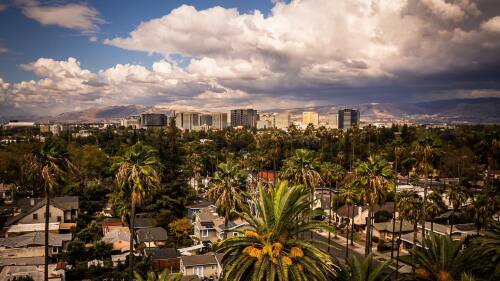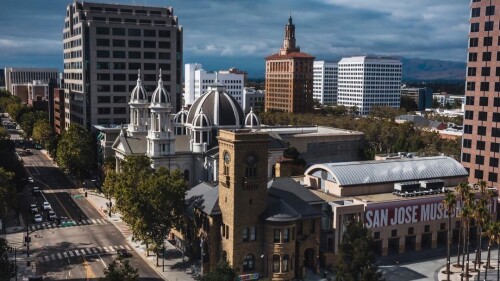Everyone loves to ask the oldest people in the world what their secret is to a long life. If you ask any ten centenarians, you’ll most likely get ten different answers.
In San Jose, the average life expectancy is ~82.9 years old. But, what if there was a way to pump those numbers up?
Enter “blue zones.”
What are blue zones?
In the mid-2000’s, demographic researchers Gianni Pes + Michel Poulain found that the Nuoro province in Sardinia, Italy had the highest concentration of people over the age of 100.
Building on this, demographics researcher Dan Buettner pointed out other cities with similar demographics: Okinawa in Japan, the Nicoya Peninsula in Costa Rica, Icaria in Greece, and Loma Linda in southern California.
These cities, otherwise considered “blue zones,” have residents who follow these parameters:
- Making movement a part of your day
- Having a sense of purpose
- Prioritizing stress relief
- Eating until you’re about 80% full
- Largely plant-based diet
- Drinking alcohol in moderation
- Connecting with community
Is San Jose close to being one?
Not quite. The average lifespan of a San Josean would need to increase 17.1 years for our city to qualify. But, don’t lose hope.
While some parts of blue zone parameters come down to personal choice (smaller portions, plant-based diets, and moderating alcohol consumption), others are easier for the city to facilitate.
- Community connection? The great 408 has some of the most vibrant events + community organizations in the Bay Area. Check.
- Plant-based diet? We’ve got a vast amount of options. Check.
- Sense of purpose? Well, we’re consistently ranked the second happiest city in the country, (behind Fremont), with low rates of depression, separation, and divorce. Check.
Now, here’s a pressure point for us... prioritizing stress relief.
What are our stressors?
How is our city actively doing something to help us? We have some ideas, but we know where much of the stress can come from.
Where we struggle most is with affordability relative to income — the median listing home price in San Jose is $1.2 million, compared to the median household income of $125,075. Renters, on average, spend $3,021 per month on housing alone.
But steps are being made to improve the housing situation.
Projects are currently underway to retrofit office spaces and streamline the building process for new housing, with new developments being approved each month.
San Jose also ranks relatively high in walkability.
The city’s 2040 plan to improve downtown to make it even more walkable means we’ll likely see more pedestrian areas such as San Pedro Square + Post Street.
US News ranked San Jose the No. 13 best place to live in the country, behind Raleigh and Portland (hey hey RALtoday + PDXtoday), citing our perfect weather and high average income.
While San Jose may not currently fit the classification of “blue zone,” we’re not that far off.













